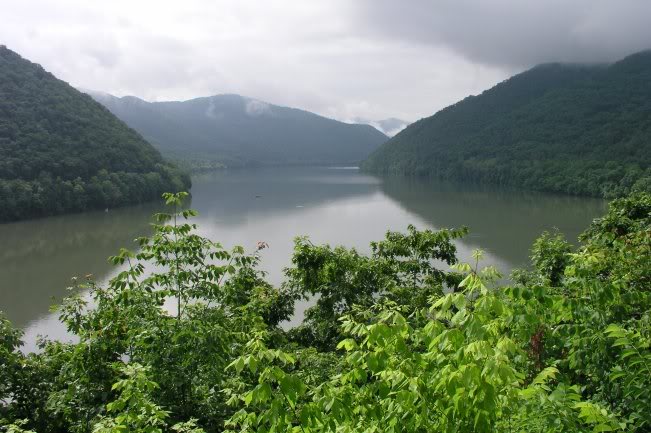A column of essays about Sustainable Energy & Transport, Transport for Economic Opportunity, and the Climate Catastrophe which our nation and the globe is plummeting toward, aided and abetted by vested interests and staunch defenders of the status quo. After a corridor realignment, Sunday Train has been running out of Voices on the Square as its origin Station since July 2012. BruceMcF is the lead author, and accepts submissions. Frequency is mostly weekly, normally sometime Sunday evening, except when life happens in such a way that it isn't.
Sunday Train: In Worrying News, Non-Petroleum in Transport Hits 60-year High
Must-read blogs
- Casinos Not On Gamstop
- Casino Con Bonus Di Benvenuto
- UK Online Casinos Not On Gamstop
- Migliori Bookmakers Non Aams
- Gambling Sites Not On Gamstop
- Non Gamstop Casinos UK
- Non Gamstop Casino UK
- Slots Not On Gamstop
- Best Non Gamstop Casinos
- Sites Not On Gamstop
- Non Gamstop Casino
- Sites Not On Gamstop
- Slots Not On Gamstop
- UK Casino Not On Gamstop
- Casino Non Aams
- Best UK Online Casino Sites
- Sites Not On Gamstop
- Casino En Ligne Fiable
- Non Gamstop Casino UK
- Non Gamstop Casino
- Non Gamstop Casinos
- Non Gamstop Casino
- Migliori Casino Online Italiani
- Best Betting Sites Not On Gamstop
- Meilleur Casino Crypto
- Sites De Paris Sportifs Belgique
- Casino En Ligne Fiable
- найкращі крипто казино
- Meilleur Casino Sans Kyc
 The US Energy Information Administration released a story last week which sounded like good news:
The US Energy Information Administration released a story last week which sounded like good news:  Just as national attention has been focused on the sections of Baltimore that have been largely locked out of the revival of economic activity in downtown Baltimore and the Inner Harbor, the new Republican governor of Maryland, Larry Hogan, is considering whether to proceed with the construction of the Red Line in Baltimore, as well as the Purple Line in the Maryland DC suburbs.
Just as national attention has been focused on the sections of Baltimore that have been largely locked out of the revival of economic activity in downtown Baltimore and the Inner Harbor, the new Republican governor of Maryland, Larry Hogan, is considering whether to proceed with the construction of the Red Line in Baltimore, as well as the Purple Line in the Maryland DC suburbs.

 One of the things I was waiting on last year was delivery of Pennsylvania's feasibility study for improvements on the "Keystone West" corridor. The "Keystone East" corridor connecting Harrisburg and Philadelphia was upgraded in 2006, with an electrified corridor with speeds of up to 110mph providing travel times competitive with driving, especially in the suburban Philadelphia area. So when a "Keystone West" feasibility study was announced, there were high hopes in some quarters that some substantial improvements might be made on the "Keystone West" corridor, connecting Pittsburgh with Harrisburg, currently hosting only the Pennsylvanian between Pittsburgh and Philadelphia.
One of the things I was waiting on last year was delivery of Pennsylvania's feasibility study for improvements on the "Keystone West" corridor. The "Keystone East" corridor connecting Harrisburg and Philadelphia was upgraded in 2006, with an electrified corridor with speeds of up to 110mph providing travel times competitive with driving, especially in the suburban Philadelphia area. So when a "Keystone West" feasibility study was announced, there were high hopes in some quarters that some substantial improvements might be made on the "Keystone West" corridor, connecting Pittsburgh with Harrisburg, currently hosting only the Pennsylvanian between Pittsburgh and Philadelphia. In
In  This last week, there was the surprising start to a headline in the Washington Post that began, "GOP House and White House agree on something" ... and that something was:
This last week, there was the surprising start to a headline in the Washington Post that began, "GOP House and White House agree on something" ... and that something was:  Last week in Washington DC, your Sunday Train correspondent was able to attend the "Future of Rail Symposium" held in Washington DC. The presenters discussed various aspects of building a Steel Interstate corridor, including the Steel Interstate concept, a discussion of electrified rail around the world, why rely on electricity rather than LNG for major backbone corridors, the engineering and economics of electrification in North America, an approach to financing an initial Steel Interstate corridor without requiring new legislation to be passed through our gridlocked Federal government, vehicle and track considerations of the "Rapid Freight" rail component of the Steel Interstate, the labor dimension and the need for a new social contract with Rail Labor, and a final presentation on the
Last week in Washington DC, your Sunday Train correspondent was able to attend the "Future of Rail Symposium" held in Washington DC. The presenters discussed various aspects of building a Steel Interstate corridor, including the Steel Interstate concept, a discussion of electrified rail around the world, why rely on electricity rather than LNG for major backbone corridors, the engineering and economics of electrification in North America, an approach to financing an initial Steel Interstate corridor without requiring new legislation to be passed through our gridlocked Federal government, vehicle and track considerations of the "Rapid Freight" rail component of the Steel Interstate, the labor dimension and the need for a new social contract with Rail Labor, and a final presentation on the